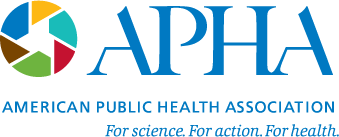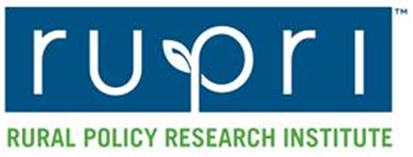New Video Available on Medicare Coverage and Payment of Virtual Services
CMS released a video providing answers to common questions about the Medicare telehealth services benefit. CMS is expanding this benefit on a temporary and emergency basis under the 1135 waiver authority and Coronavirus Preparedness and Response Supplemental Appropriations Act.
Video
CMS Approves Additional State Medicaid Waivers and Amendments to Give States Flexibility to Address Coronavirus Pandemic
CMS approved its 45th Medicaid waiver to the District of Columbia, delivering urgent regulatory relief to ensure the District can quickly and effectively care for their most vulnerable citizens. In light of the urgent and evolving needs of states during the COVID-19 crisis, CMS developed a toolkit to facilitate expedited application and approval of State waivers requests in record time. The waivers support President Trump’s commitment to a COVID-19 response that is locally executed, state managed, and federally supported.
CMS also approved an additional state waiver amendment request for Oklahoma to give emergency flexibilities in their programs that care for the elderly and people with disabilities, bringing the total to 18 approvals across 16 states.
Section 1135 Waivers
1915(c) Appendix K Waivers
Guidance for Processing Attestations from Ambulatory Surgical Centers (ASCs) Temporarily Enrolling as Hospitals during the COVID-19 Public Health Emergency
CMS is providing needed flexibility to hospitals to ensure they have the ability to expand capacity and to treat patients during the COVID-19 public health emergency. As part of the COVID-19 Emergency Declaration Blanket Waivers for Health Care Providers CMS is allowing Medicare-enrolled ASCs to temporarily enroll as hospitals and to provide hospital services to help address the urgent need to increase hospital capacity to take care of patients.
Guidance



